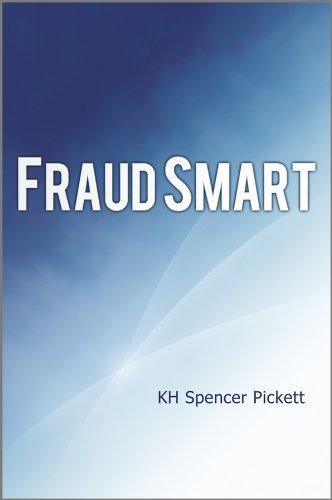
Scenario 2: A 52-year-old client asks an accountant how to plan for his future retirement at age 62. He expects income from Social Security in the amount of $21,600 per year and a retirement pension of $40,500 per year from his employer. He wants to make monthly contributions to an investment plan that pays 8% compounded monthly for 10 years so that he will have a total income of $83,700 per year for 30 years. What must the size of the monthly contributions be to accomplish this goal, if it is assumed that money will be worth 8% compounded continuously throughout the period after he is 62? To help you answer this question, complete the following. 1. How much money must the client withdraw annually from his investment plan during his retirement so that his total income goal is met? 2. How much money S must the client's account contain when he is 62 so that it will generate this annual amount for 30 years? (Hint: S can be considered the present value over 30 years of a continuous income stream with the amount you found in Question 1 as its annual rate of flow.) 3. The monthly contribution R that would, after 10 years, amount to the present value S found in Question 2 can be obtained from the formula R=S where i represents the monthly interest rate and n the number of months. Find the client's monthly contribution, R. & We wish to determine the dimensions of the rectangle with perimeter 80 fest that has (a) (2 points) Draw and label the appropriate picture. (b) (2 points) Give the constraint and solve for one of the variables. (e) (4 points) Write the function to be optimized in terms of one variable, then find the critical numbers (d) (2 points) Check that the value you obtained gives the maximum aren Scenario 2: A 52-year-old client asks an accountant how to plan for his future retirement at age 62. He expects income from Social Security in the amount of $21,600 per year and a retirement pension of $40,500 per year from his employer. He wants to make monthly contributions to an investment plan that pays 8% compounded monthly for 10 years so that he will have a total income of $83,700 per year for 30 years. What must the size of the monthly contributions be to accomplish this goal, if it is assumed that money will be worth 8% compounded continuously throughout the period after he is 62? To help you answer this question, complete the following. 1. How much money must the client withdraw annually from his investment plan during his retirement so that his total income goal is met? 2. How much money S must the client's account contain when he is 62 so that it will generate this annual amount for 30 years? (Hint: S can be considered the present value over 30 years of a continuous income stream with the amount you found in Question 1 as its annual rate of flow.) 3. The monthly contribution R that would, after 10 years, amount to the present value S found in Question 2 can be obtained from the formula R=S where i represents the monthly interest rate and n the number of months. Find the client's monthly contribution, R. & We wish to determine the dimensions of the rectangle with perimeter 80 fest that has (a) (2 points) Draw and label the appropriate picture. (b) (2 points) Give the constraint and solve for one of the variables. (e) (4 points) Write the function to be optimized in terms of one variable, then find the critical numbers (d) (2 points) Check that the value you obtained gives the maximum aren








